Class 3 e-bikes provide pedal-assist up to 28 mph, making them perfect for fast urban commuting, hill climbing, and keeping pace with traffic. Their powerful motors, sturdy frames, and advanced safety features offer riders an efficient, comfortable high-speed biking experience unmatched by lower-class e-bikes.
What Performance Advantages Do Class 3 E-Bikes Offer for High-Speed Riding?
Class 3 e-bikes offer significant performance benefits including faster commute times with pedal assistance up to 28 mph, which lets riders cover longer distances quickly. Their powerful 500W to 750W motors conquer hills and headwinds effortlessly, providing smooth, sustained speed. Unlike Class 2 e-bikes with throttles, Class 3 relies solely on pedal-assist for a natural, exercise-friendly ride while maximizing power delivery.
Performance Comparison Chart by E-Bike Class
| Feature | Class 1 | Class 2 | Class 3 |
|---|---|---|---|
| Max Assisted Speed | 20 mph | 20 mph | 28 mph |
| Motor Type | Pedal-assist only | Throttle + pedal-assist | Pedal-assist only |
| Motor Power | Up to 500W | Up to 750W | 500W to 750W |
| Hill Climbing Ability | Moderate | Moderate to strong | Strong |
| Suitable For | Casual/trail riding | Urban/commuting | High-speed commuting |
How Do Class 3 E-Bikes Help Riders Keep Pace with Traffic?
At up to 28 mph assist, Class 3 e-bikes enable riders to maintain speeds comparable to urban traffic. This speed advantage improves safety by reducing conflicts with vehicles, enabling smoother merges, and faster street crossings. The speed is especially beneficial in busy city environments where slower bikes can struggle to keep up, enhancing rider confidence and commute efficiency.
What Safety and Durability Features Are Common in Class 3 E-Bikes?
Designed for high-speed use, Class 3 models often feature sturdy frames constructed from reinforced materials for extra stability. They come equipped with reliable hydraulic or mechanical disc brakes offering superior stopping power necessary for higher speeds. Integrated speedometers help riders monitor and comply with local laws, while built-in lights and visibility enhancements improve safety during day and night riding.
Why Do Legal and Location Restrictions Matter for Class 3 E-Bike Riders?
Due to their higher speeds, many regions restrict Class 3 e-bikes from multi-use trails and sidewalks to protect less experienced riders and pedestrians. Typically allowed on roads and bike lanes, riders must also comply with helmet mandates and minimum age restrictions, often 16 years or older. Awareness of these regulations ensures safer riding and legal compliance.
How Do Riding Experience and Exercise Benefits Differ with Class 3 E-Bikes?
Class 3 e-bikes engage the motor only when pedaling, preserving a natural cycling experience that encourages rider participation. Users can adjust assist levels for a customizable balance between exercise and assistance. This flexibility allows riders to target fitness goals while still enjoying powerful boosts for speed and hill climbing, creating an all-around versatile ride.
Which E-Bike Models Are Best for High-Speed Riding Including 26-Inch and 27-Inch Options?
Both 26-inch and 27-inch e-bike models cater to high-speed riding but with specific advantages. The 26-inch tires offer enhanced control on rough terrains like sand and snow, while 27-inch models provide optimal efficiency and smoother handling for daily commuting and mountain biking. Class 3 e-bikes incorporating these wheel sizes deliver tailored performance for diverse rider preferences.
| Model Size | Terrain Suitability | High-Speed Riding Capability |
|---|---|---|
| 26-inch | Rough terrain (snow, sand) | Effective with robust motors |
| 27-inch | Urban/mountain commuting | Best for smoother high speeds |
Can Class 3 E-Bikes Provide Both Convenience and Efficiency?
Absolutely. Their throttle-free, pedal-assist operation balances efficient power use with rider effort, enhancing battery conservation compared to full throttle models. Integrated technology like speedometers, lights, and connectivity apps improves convenience and security. This synergy makes Class 3 e-bikes ideal for riders demanding fast, reliable, and safe transportation.
Buying Tips
When purchasing a Class 3 e-bike, look for a powerful motor rated between 500W and 750W, a sturdy frame designed for higher speeds, hydraulic or mechanical disc brakes, and built-in safety features like speedometers and lighting. Consider wheel size: 26-inch wheels excel on rough terrains, while 27-inch wheels are better for urban and mountain trails. Ensure the bike meets your local laws concerning helmet use and age restrictions. TST EBike offers a spectrum of affordable, high-power models with 26-inch and 27-inch wheel options perfect for high-speed riding and diverse terrains.
TST EBike Expert Views
"Class 3 e-bikes represent the pinnacle of urban e-bike performance," says the TST EBike development team. "Their ability to sustain higher speeds coupled with advanced safety and comfort features makes them ideal for today’s fast-paced commuters. We focus on engineering bikes that deliver power without sacrificing rider control or safety, ensuring every journey is efficient, enjoyable, and secure."
— TST EBike Development Team
Frequently Asked Questions
Q1: What top speeds do Class 3 e-bikes reach?
Up to 28 mph with pedal-assist only.
Q2: Are Class 3 e-bikes allowed on bike paths?
In many areas, no. They are often limited to roads and dedicated bike lanes.
Q3: Do Class 3 e-bikes have throttles?
Some may have throttles capped at 20 mph, but motor assistance above walking speed is pedal-assist only.
Q4: Which wheel size is better for high-speed riding?
26-inch wheels are better for rough terrain; 27-inch wheels suit commuting and mountain biking.
Q5: Are helmets required when riding Class 3 e-bikes?
Yes, helmets are required in most jurisdictions.

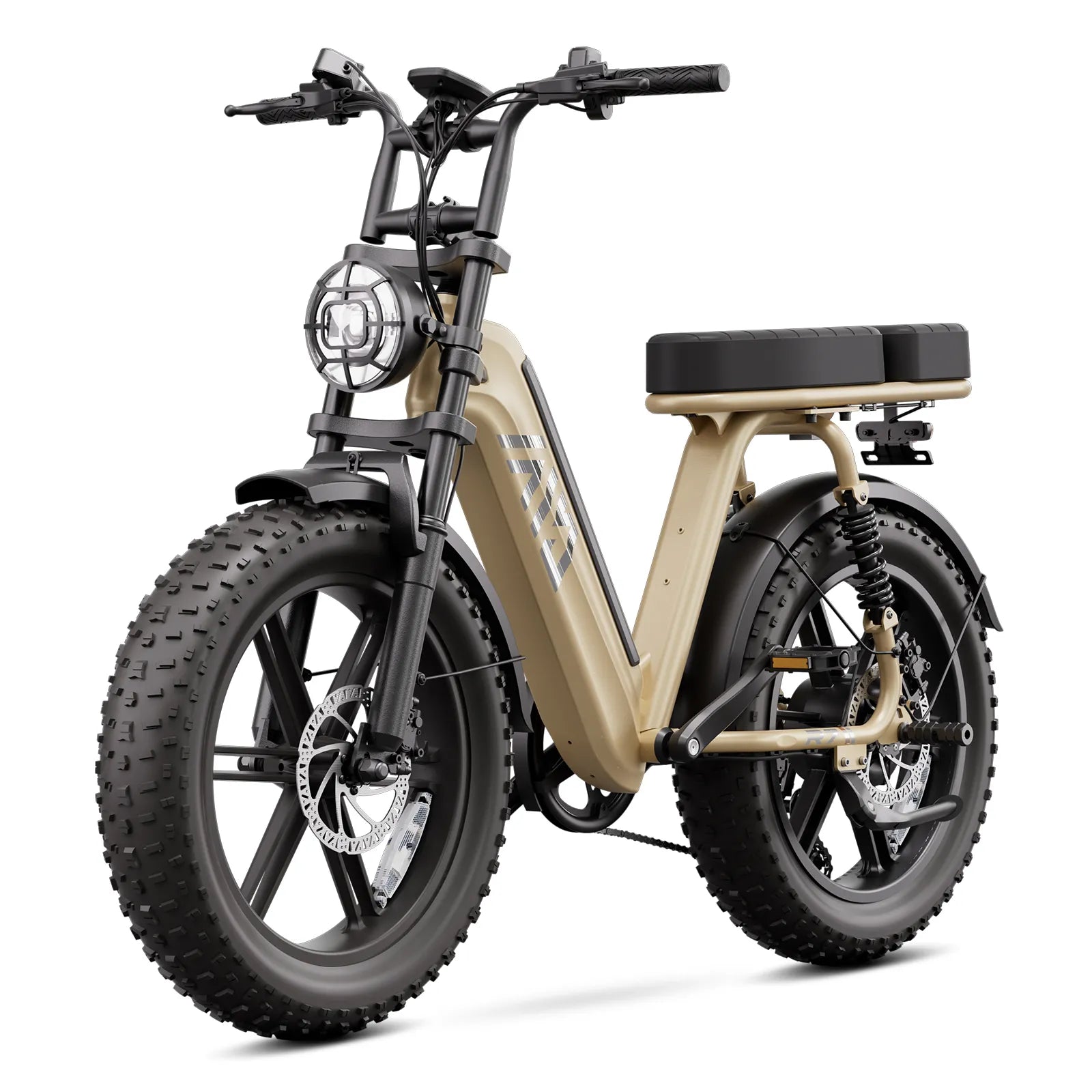
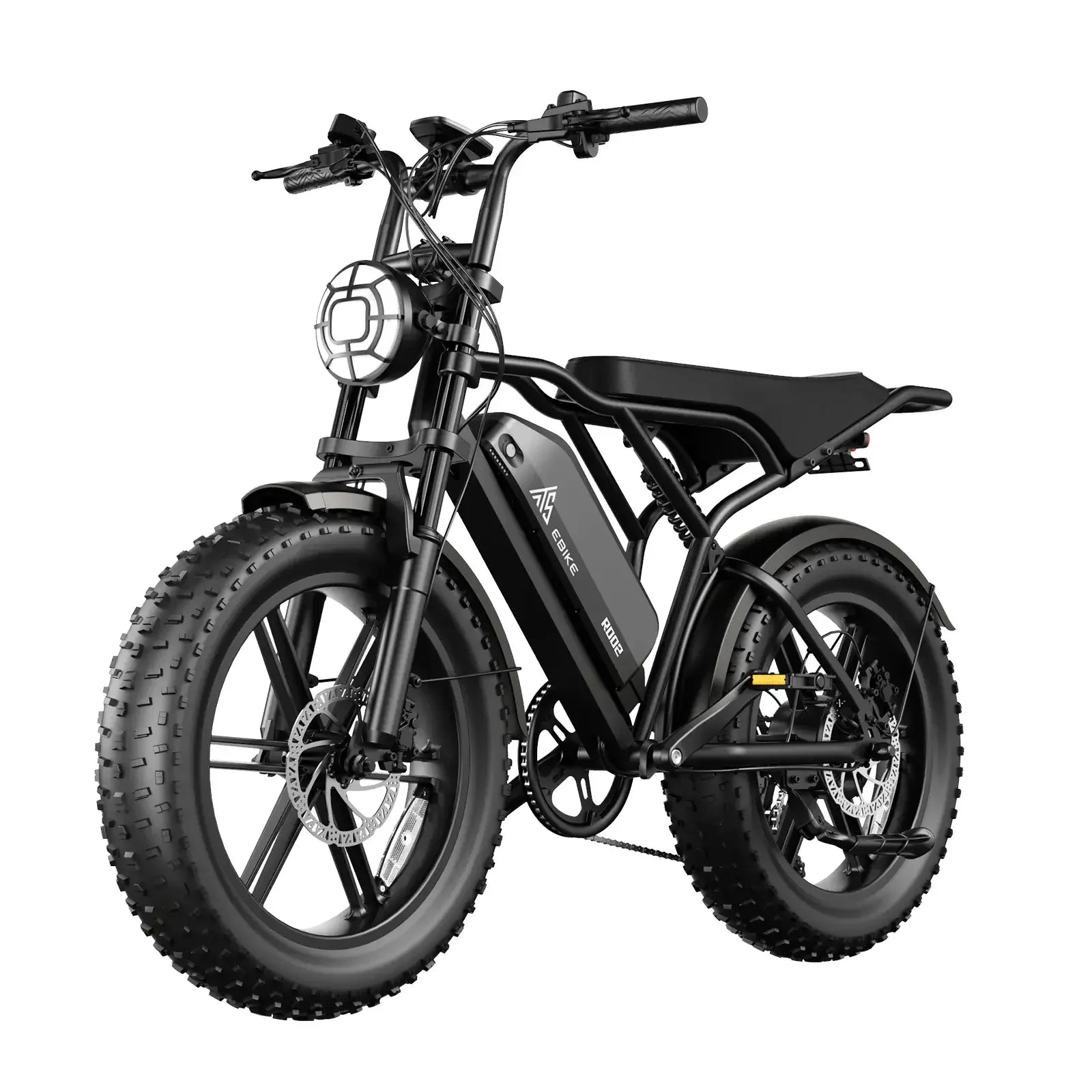

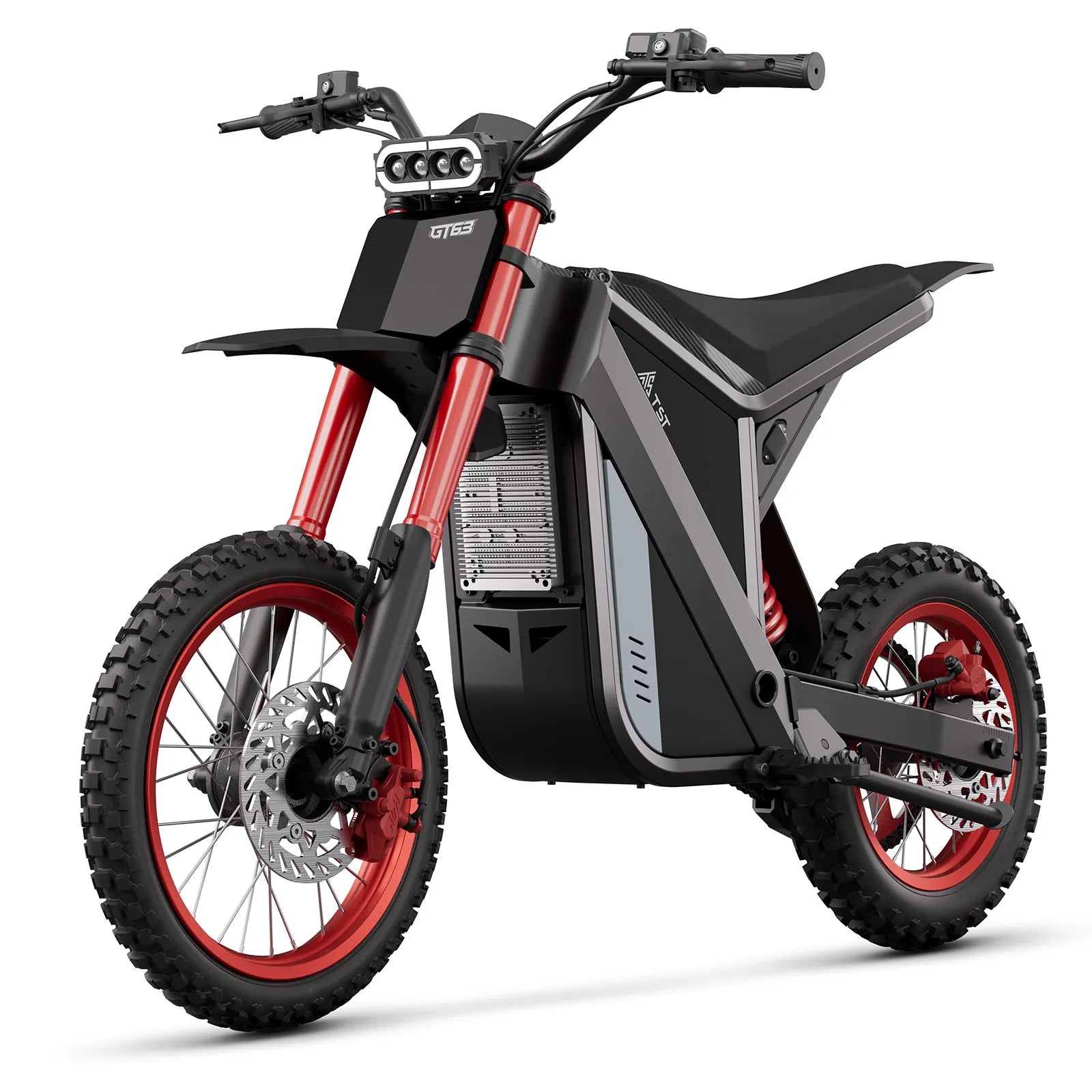
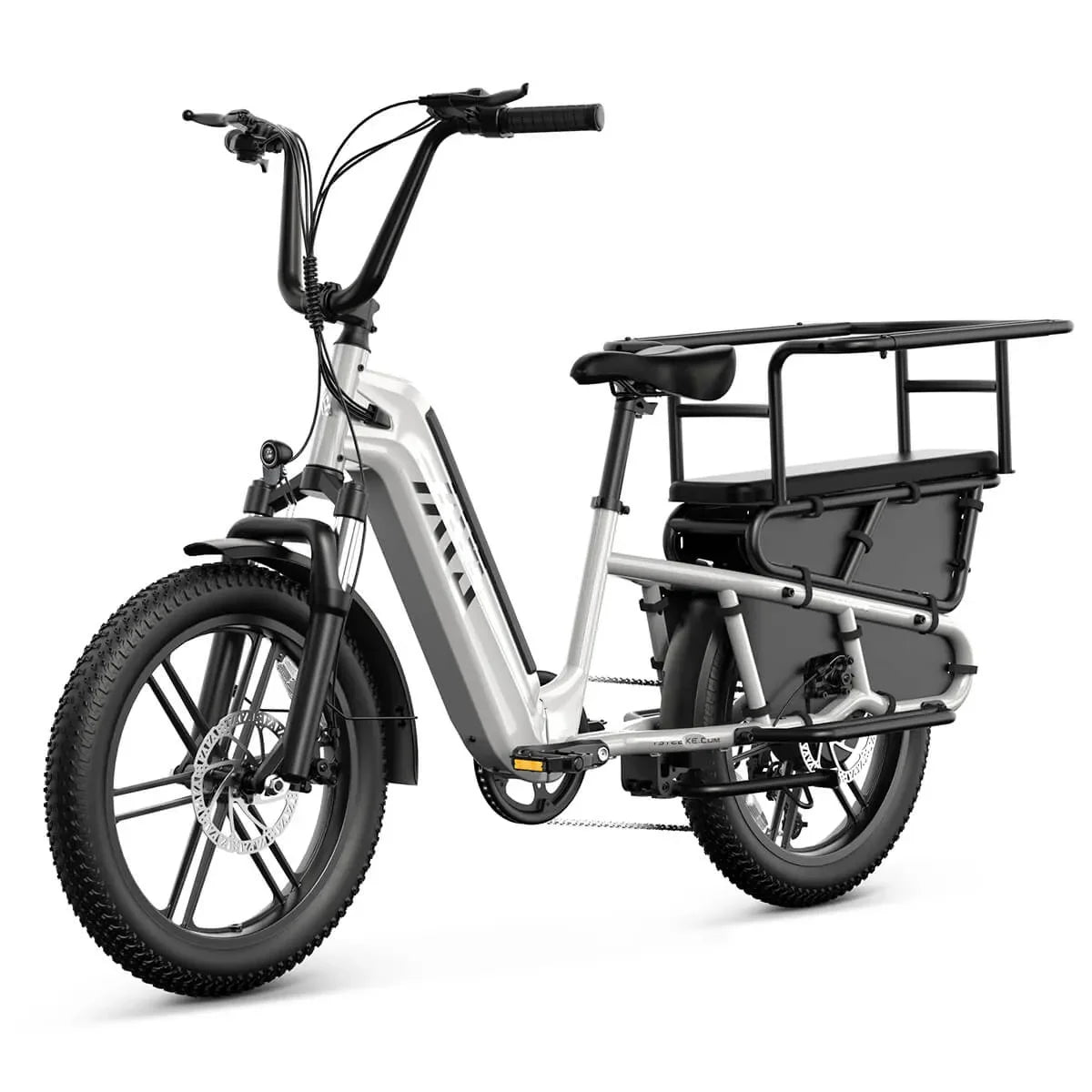
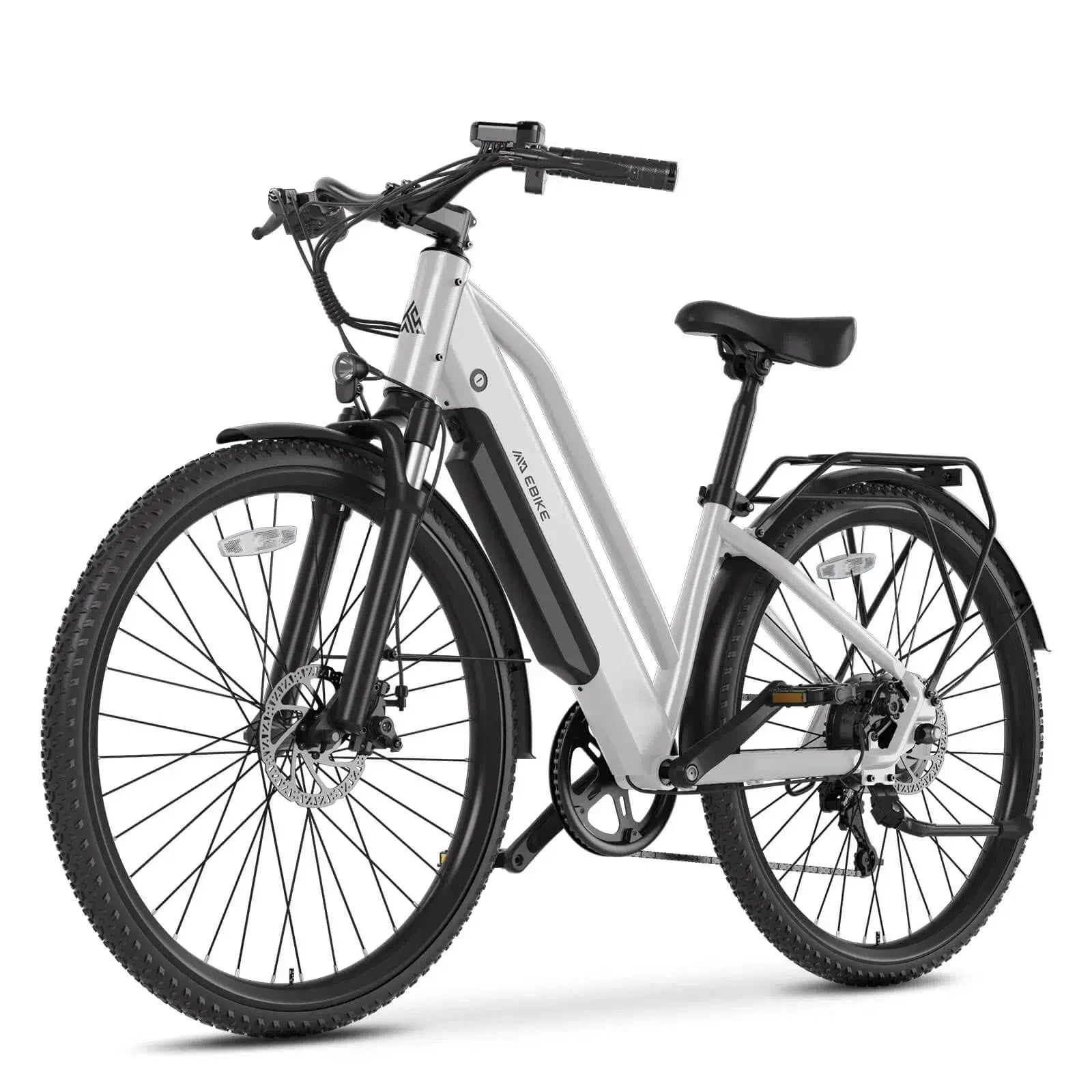
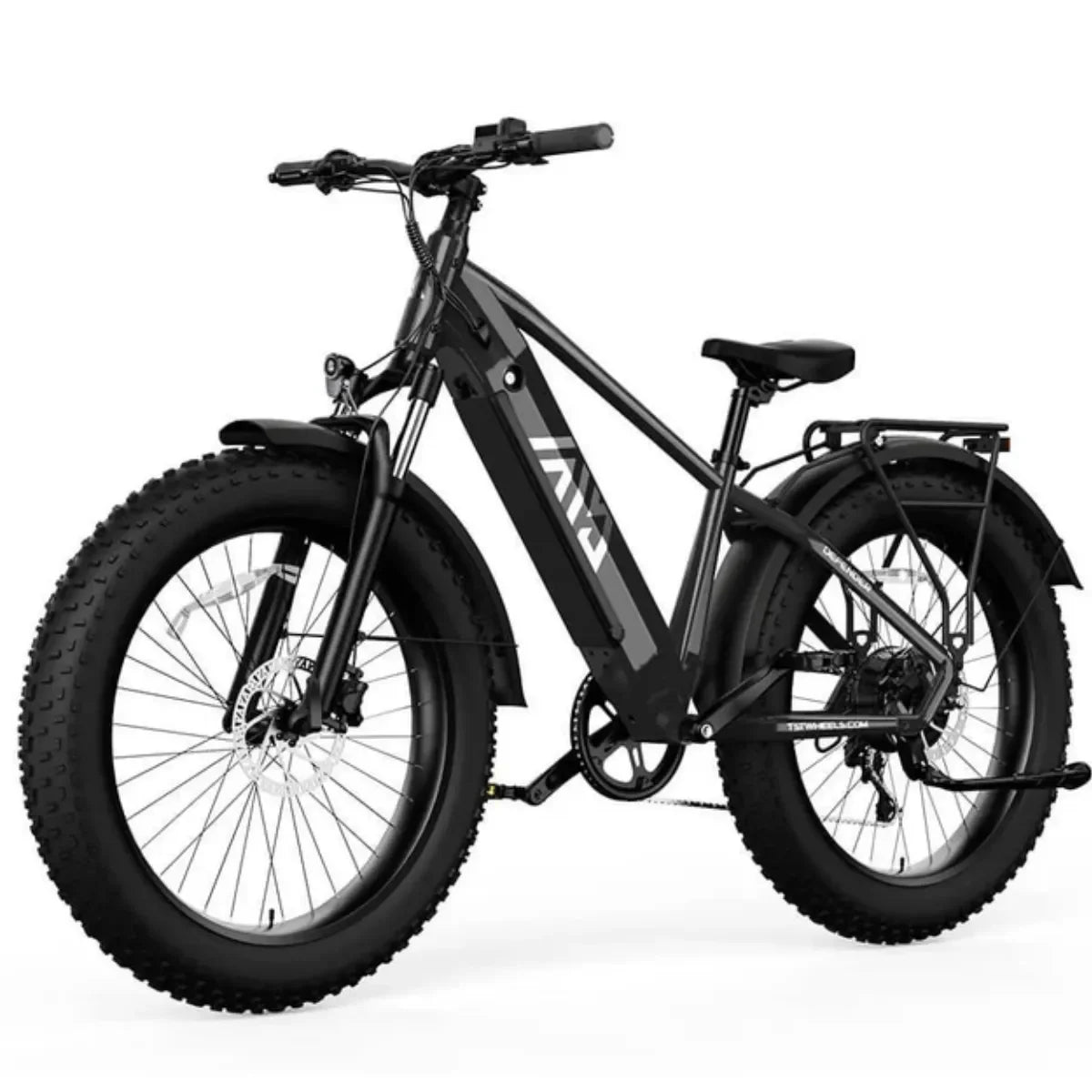
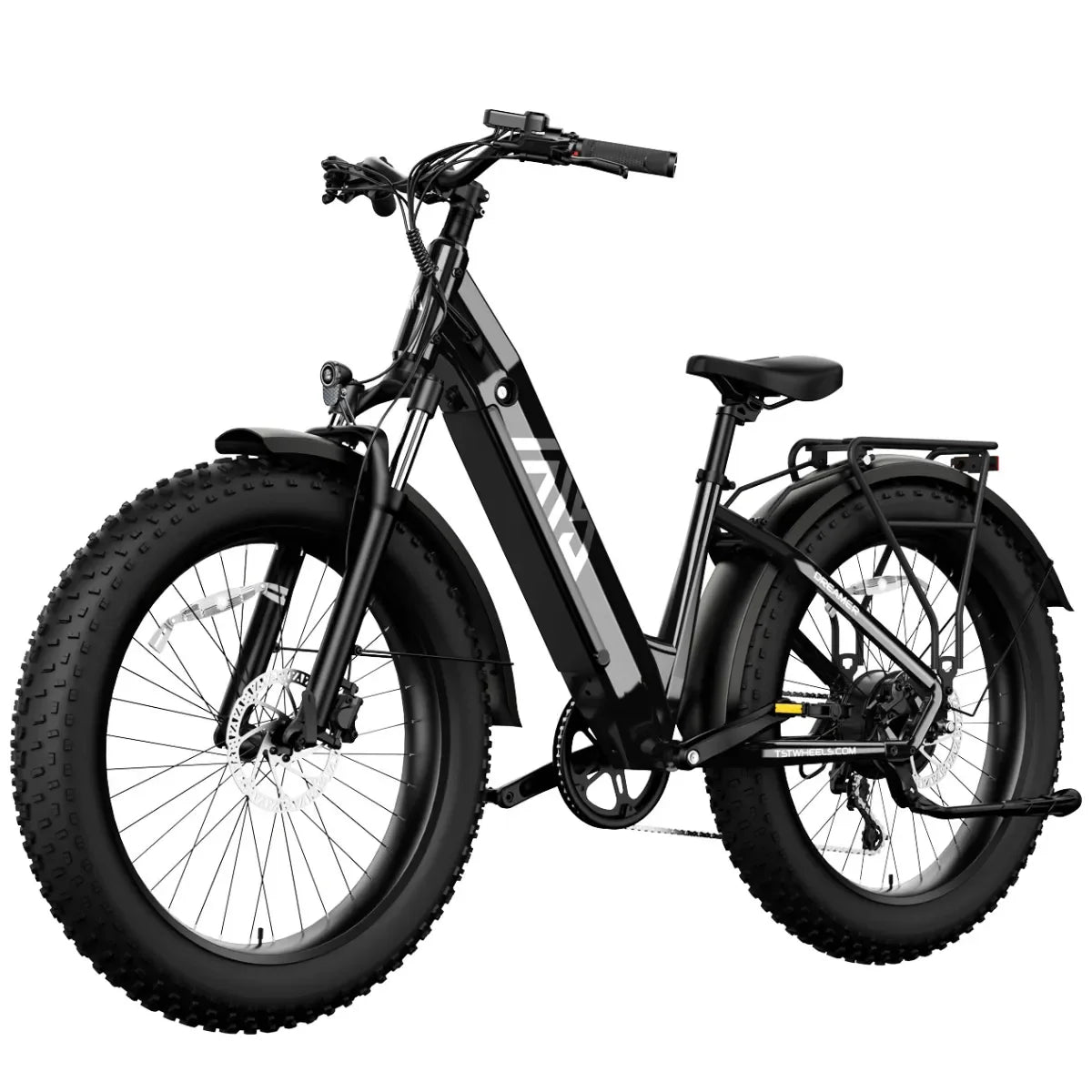
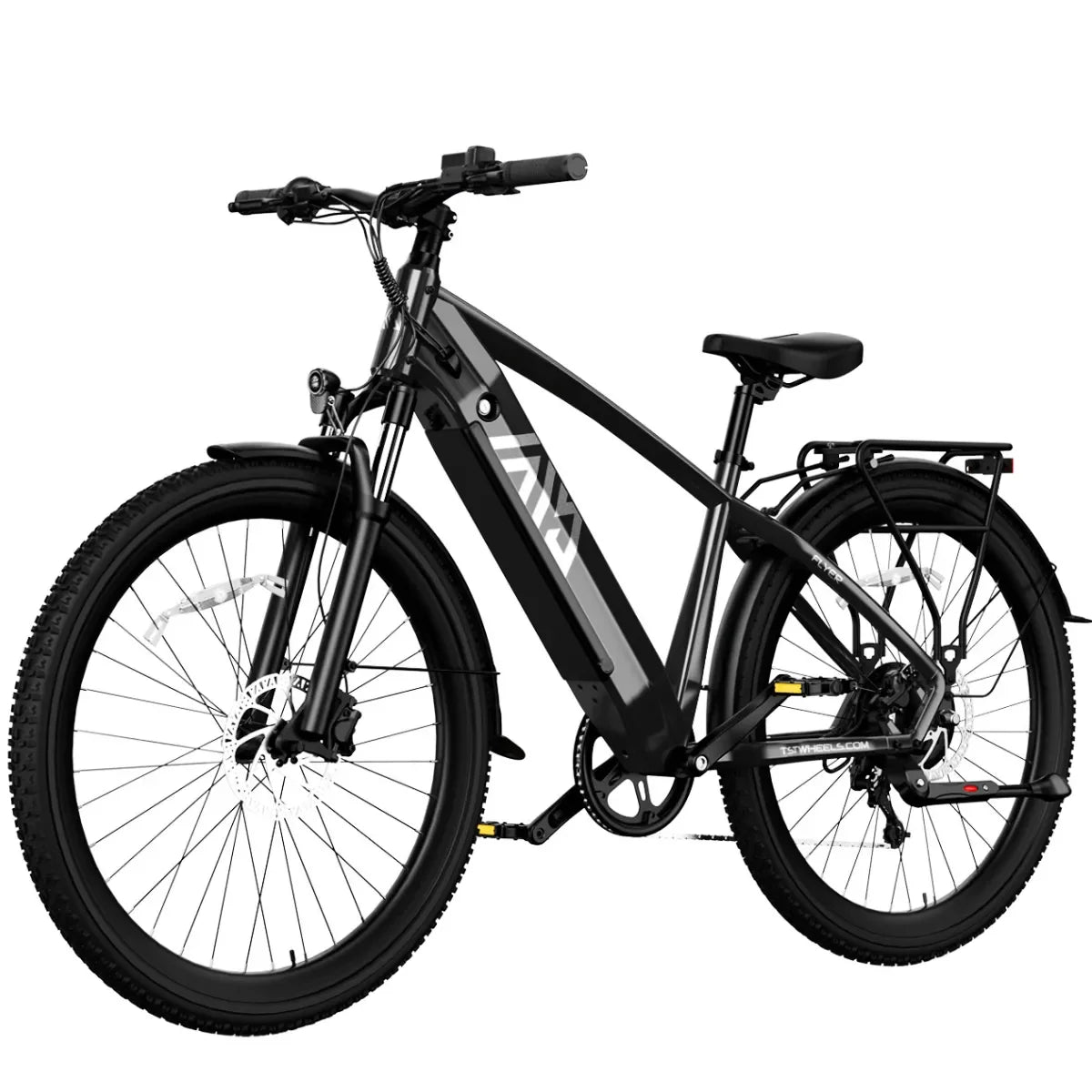
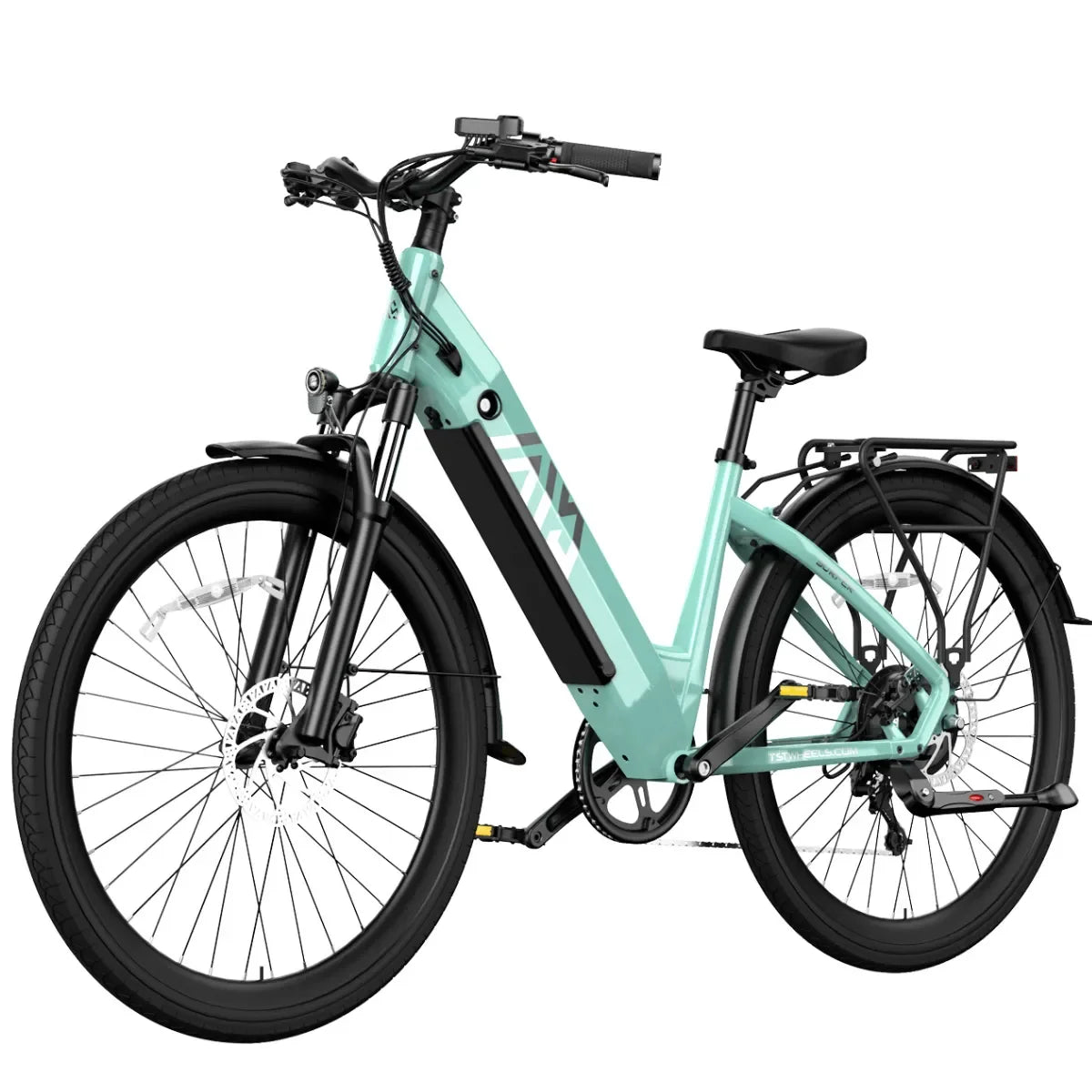
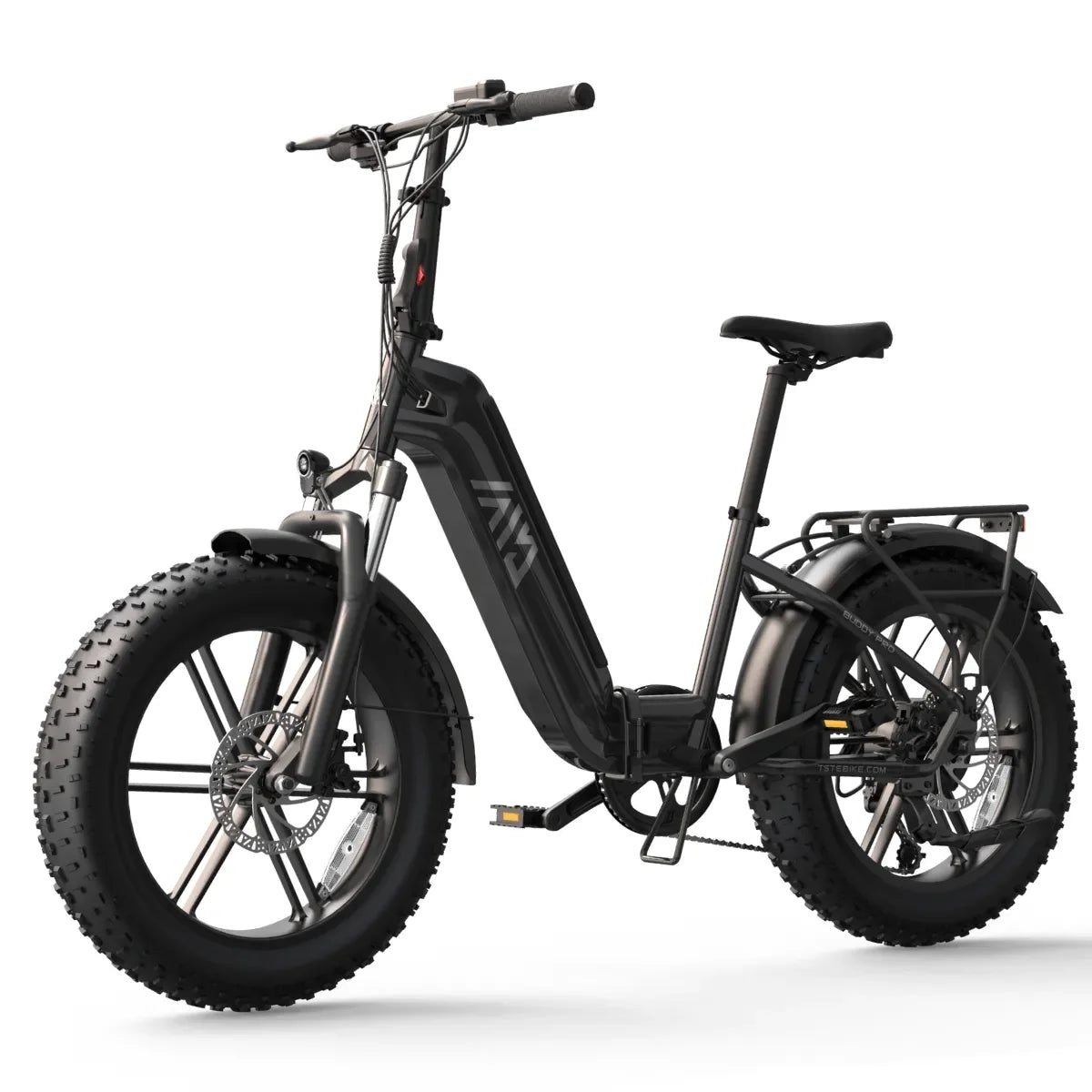
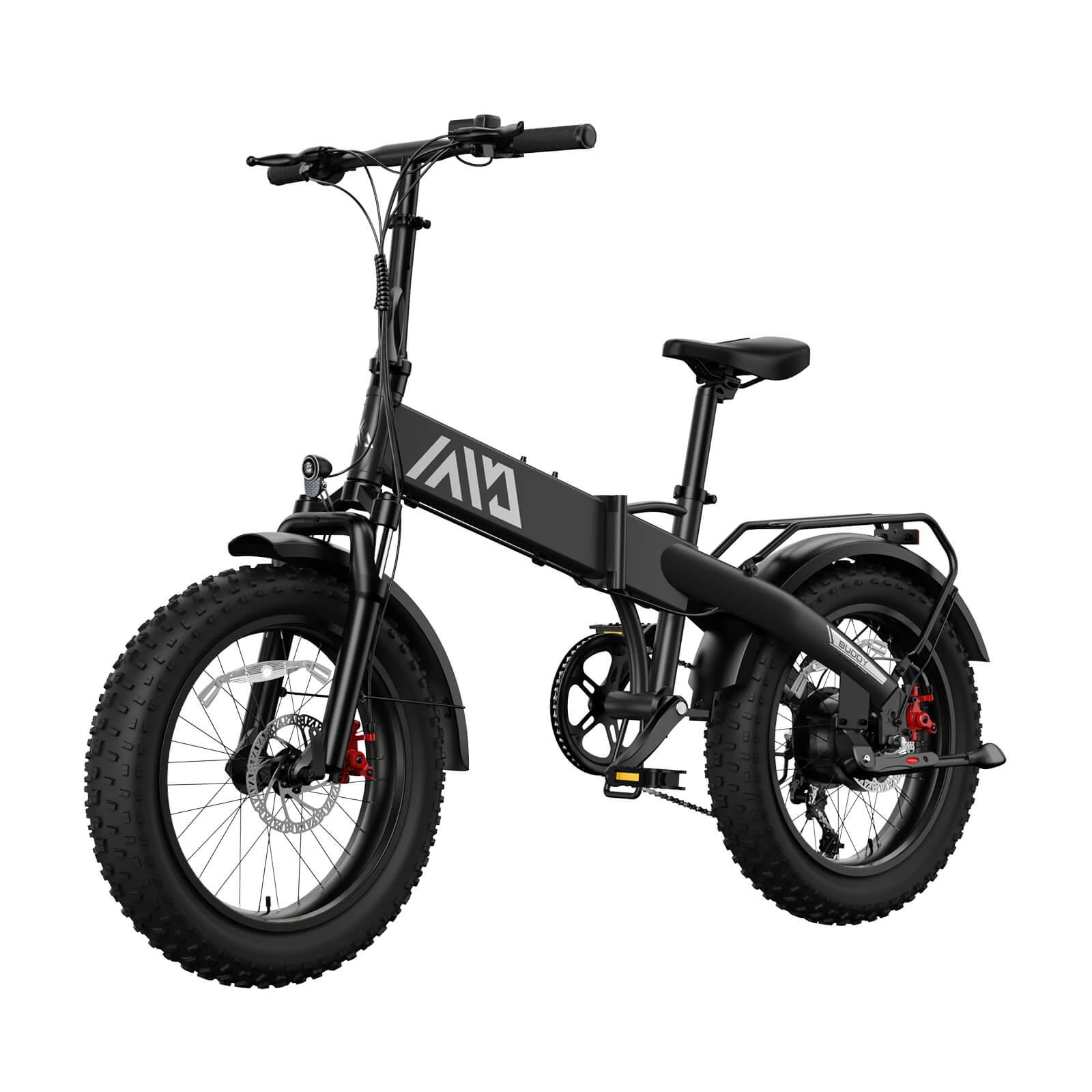
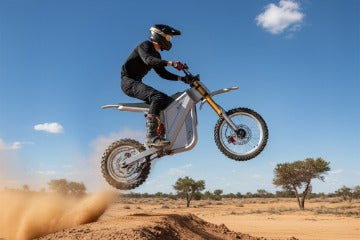
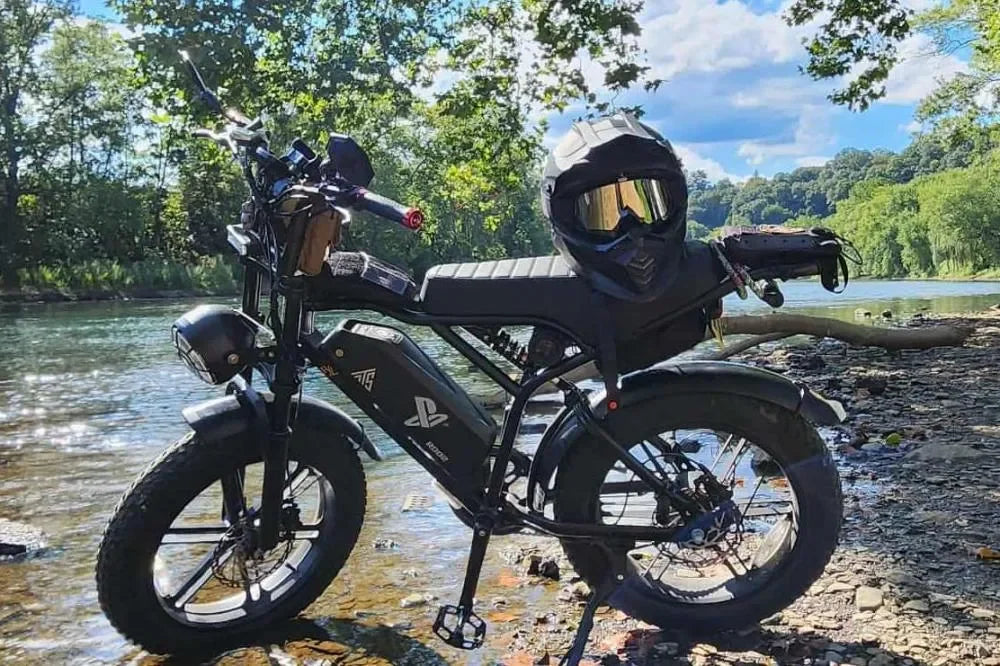
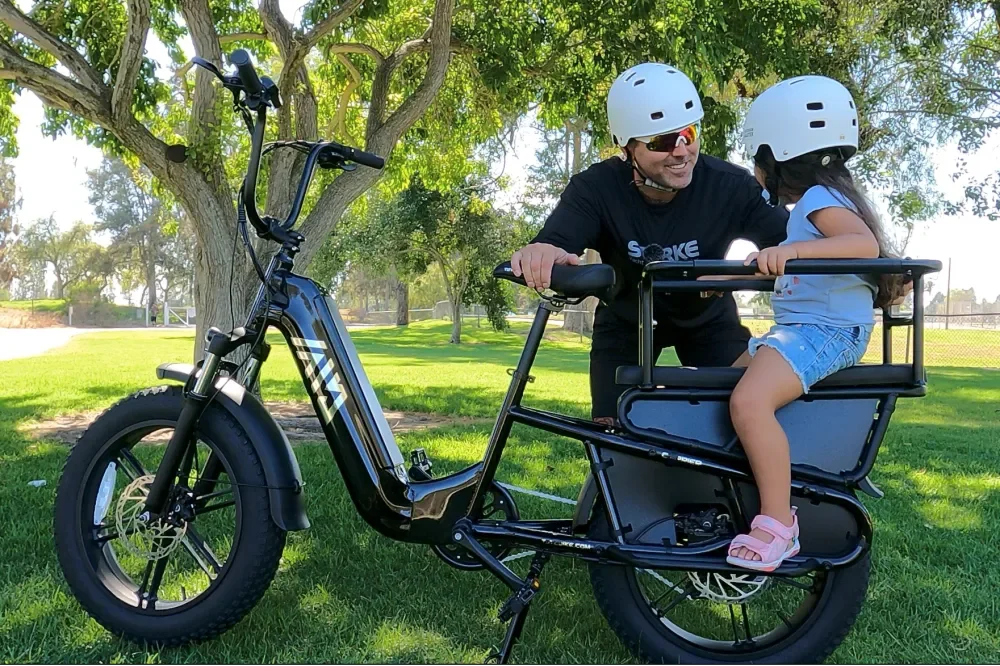
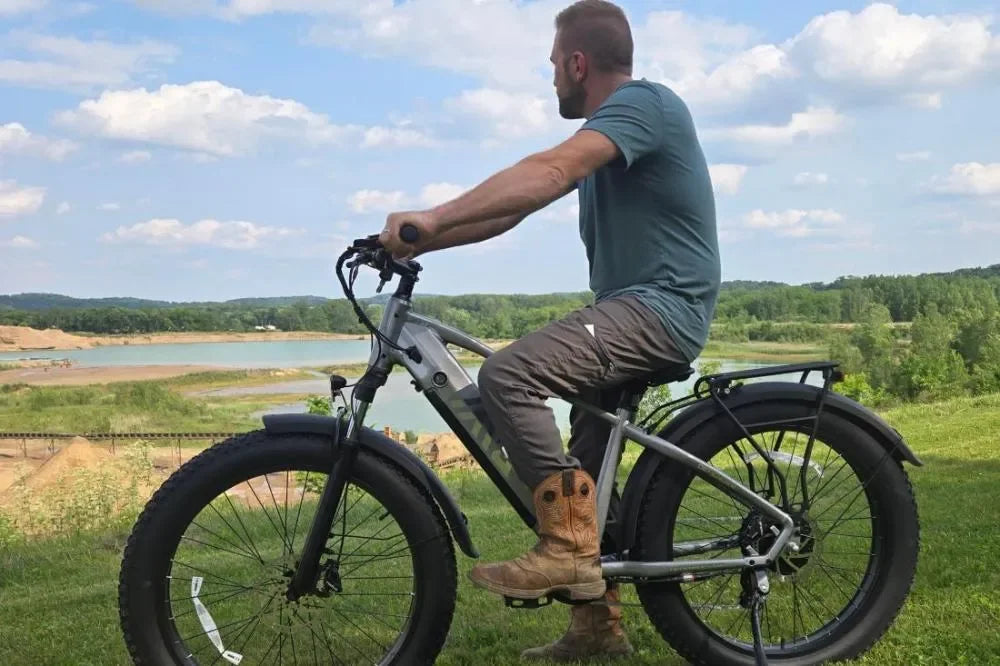
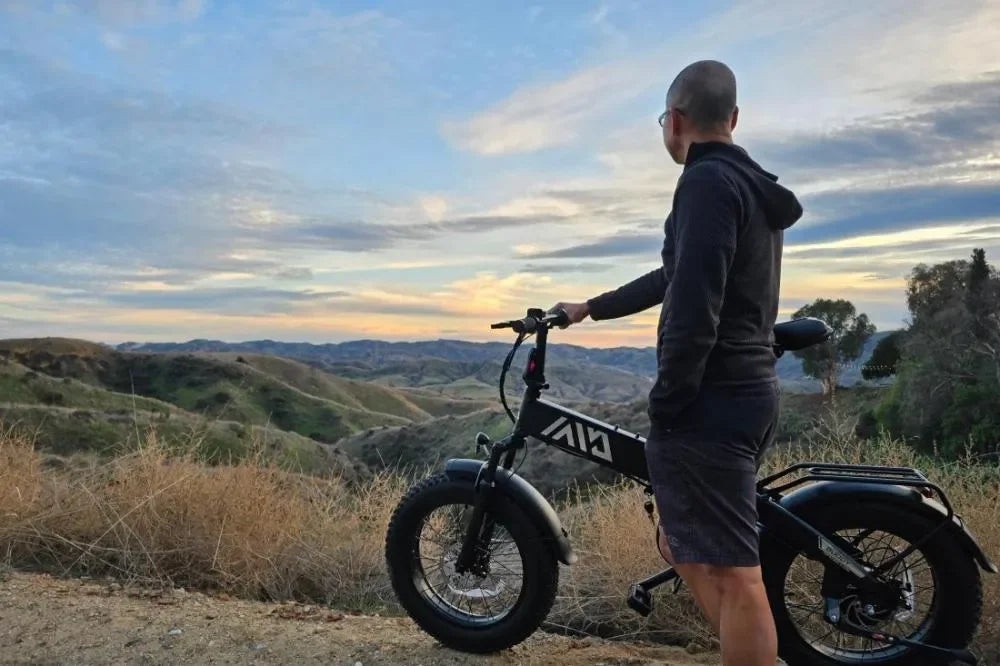
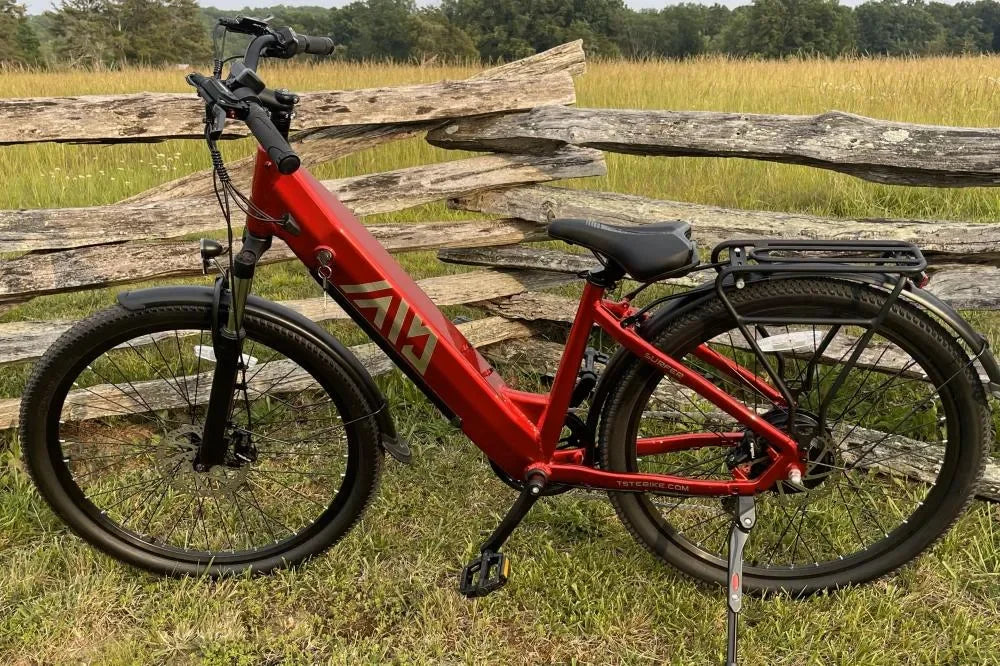
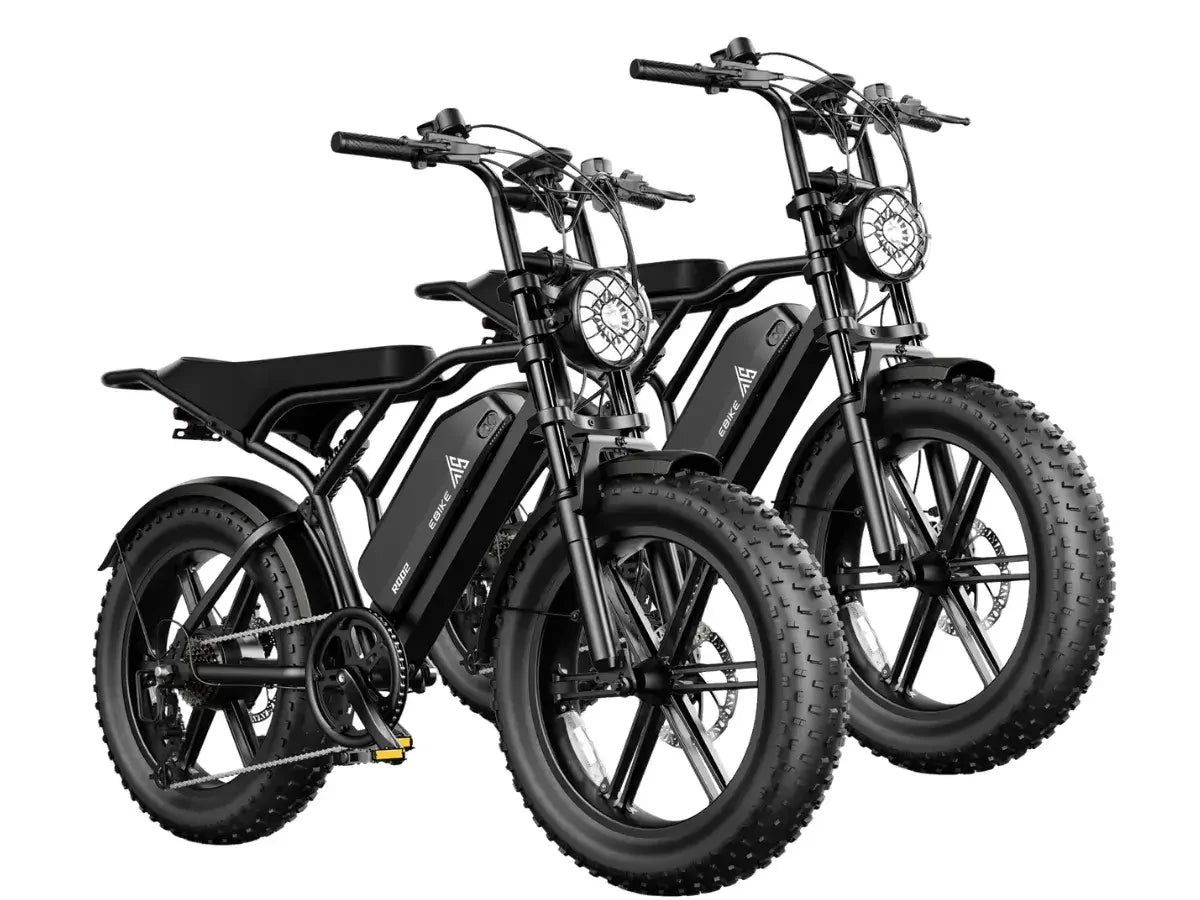
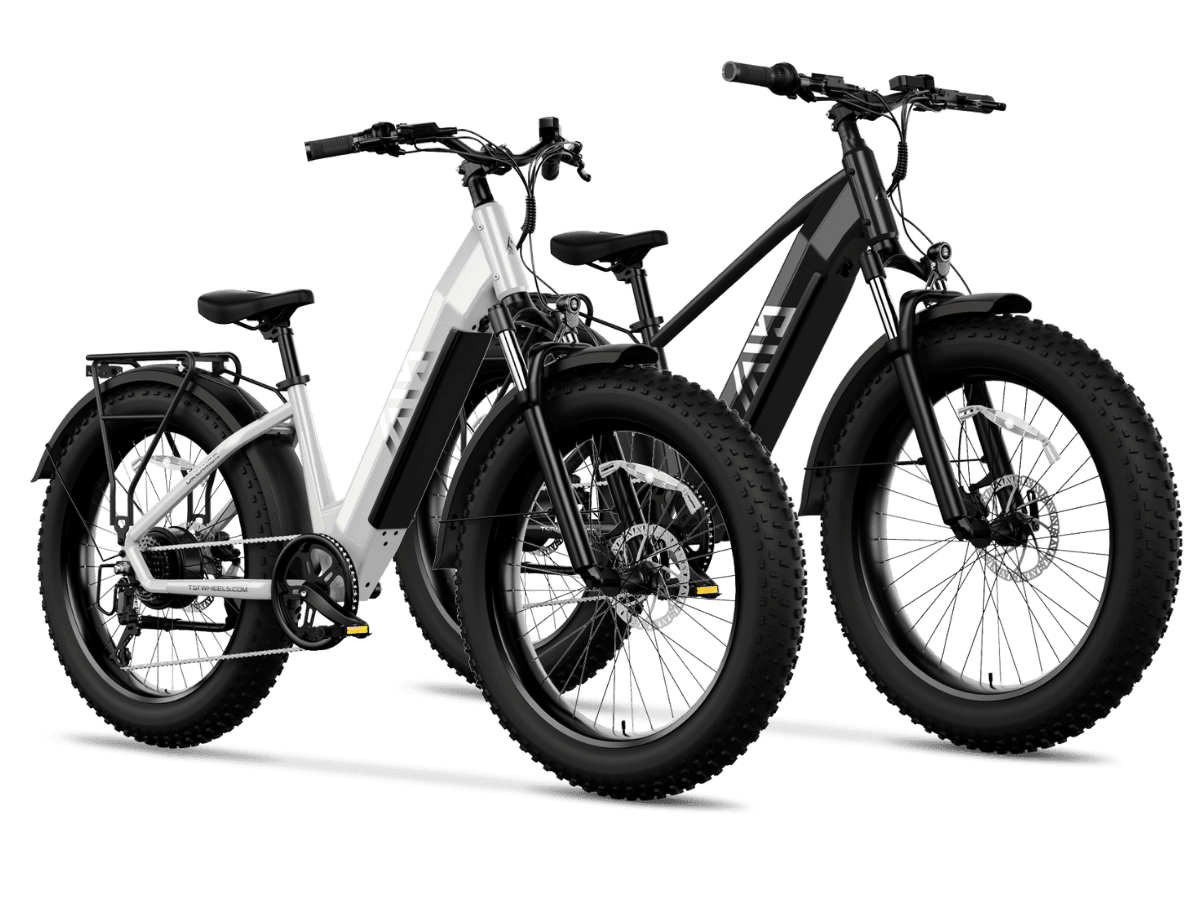
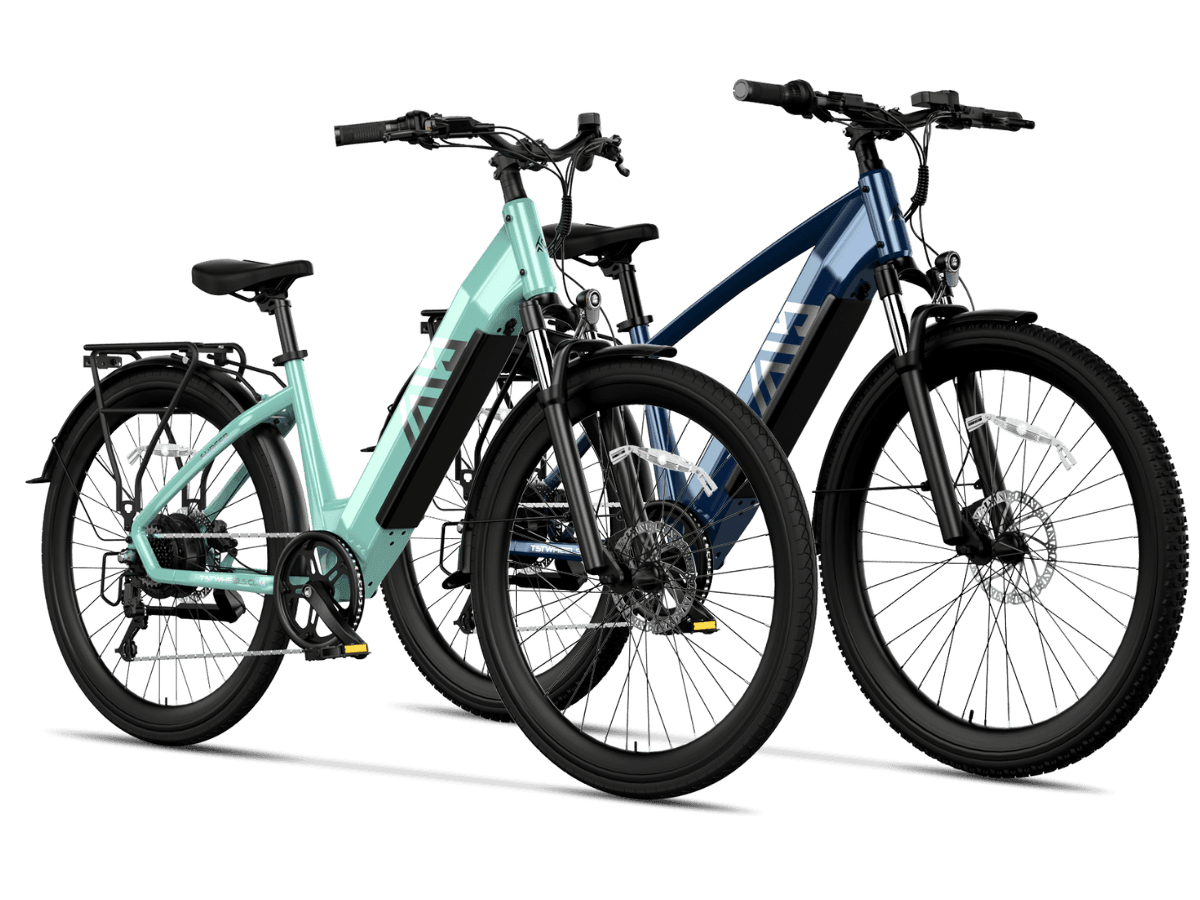
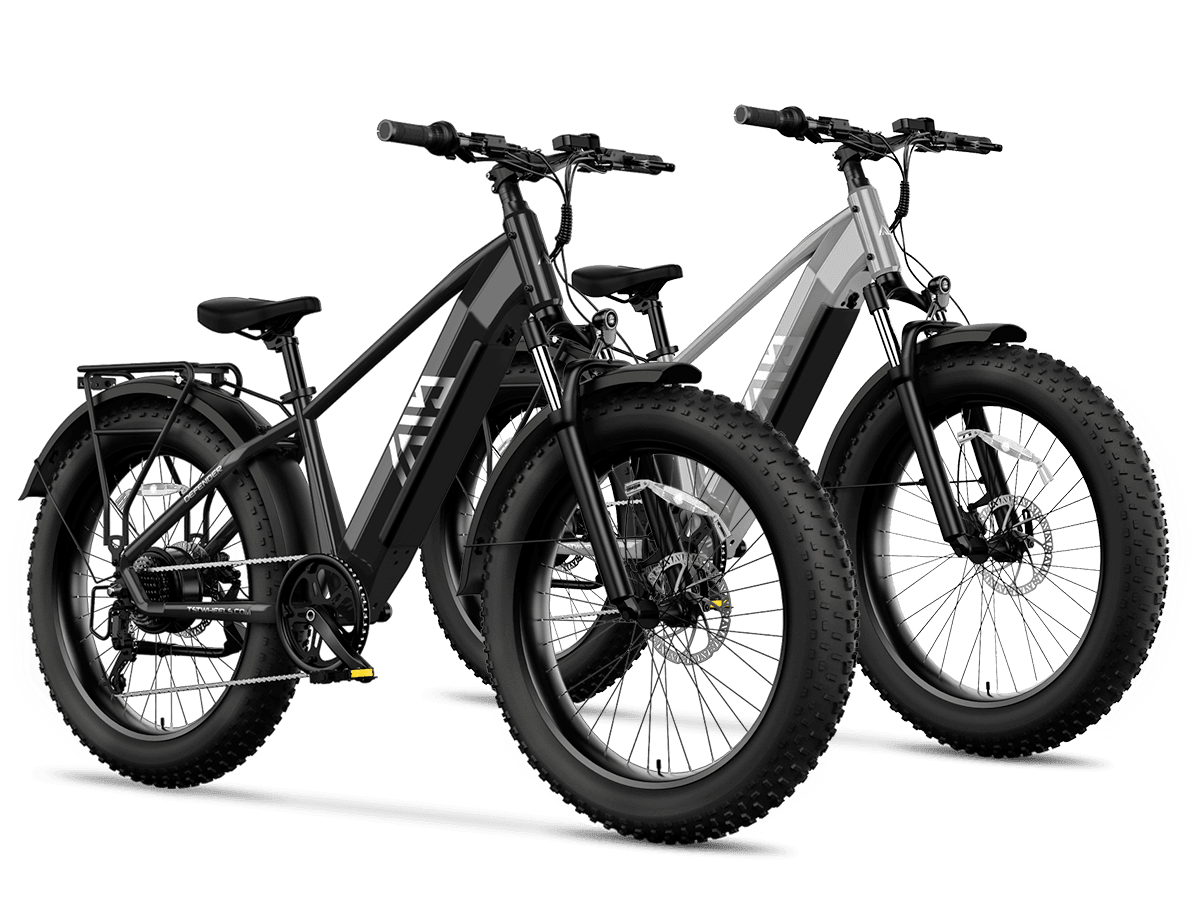
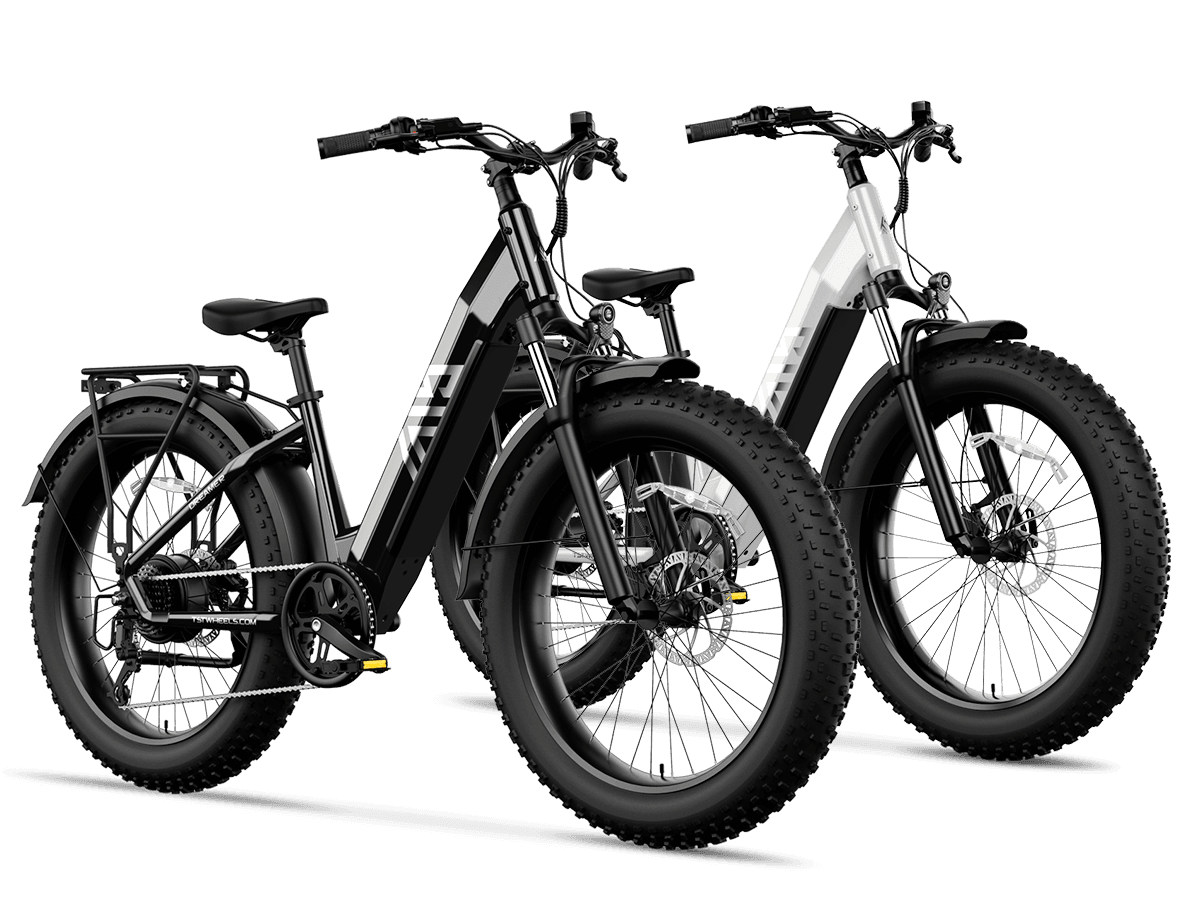
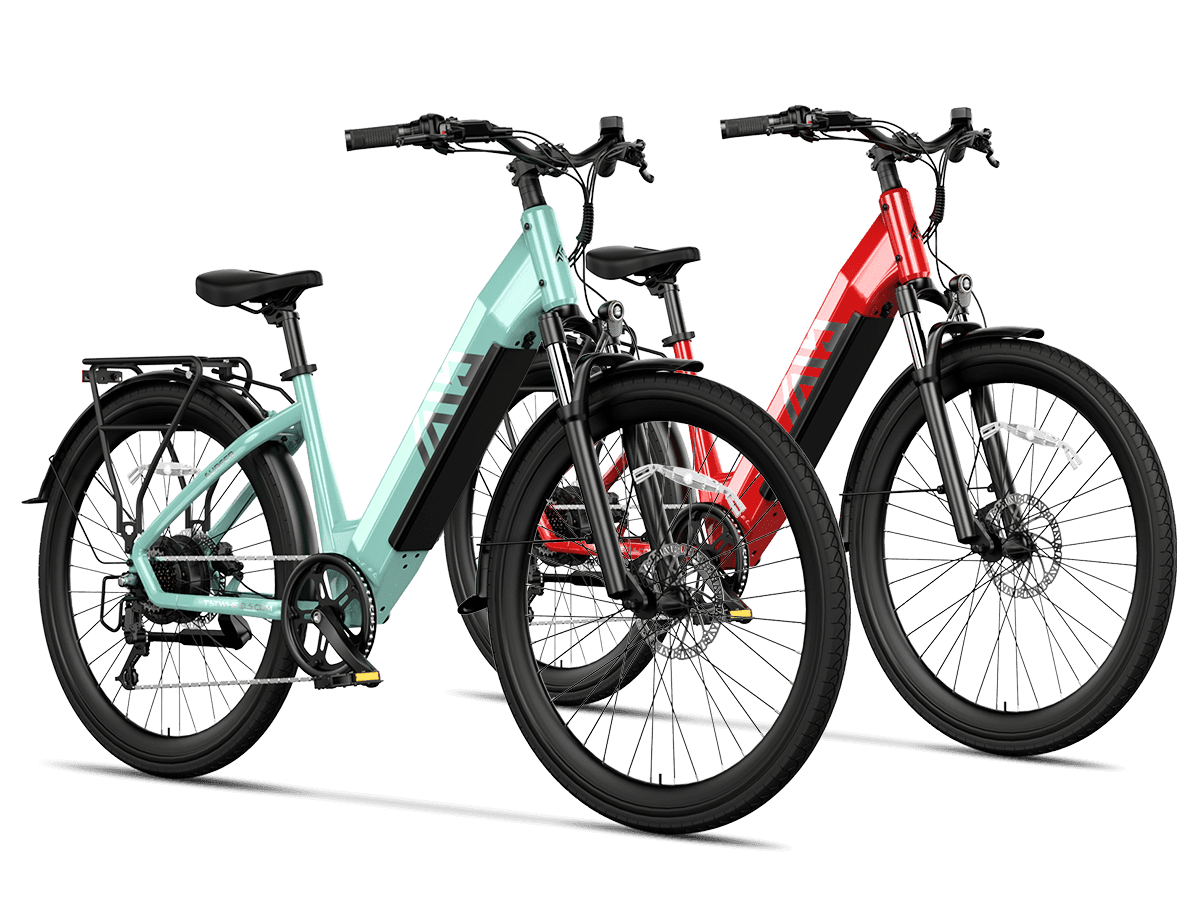
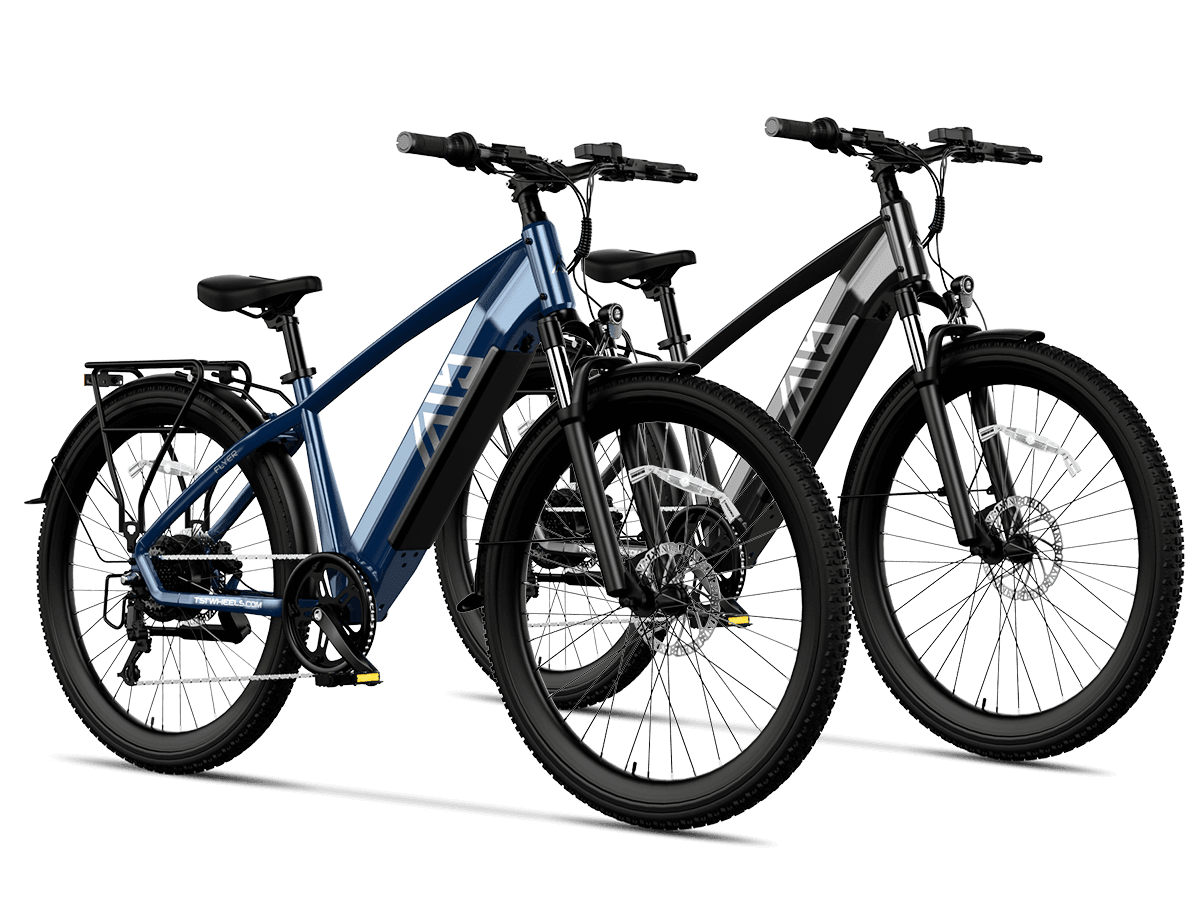
Leave a comment
This site is protected by hCaptcha and the hCaptcha Privacy Policy and Terms of Service apply.